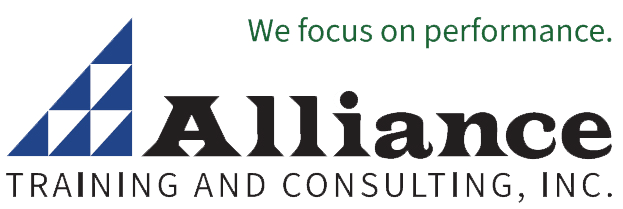Workplace Violence
 Courseware Includes:
Courseware Includes:
 Intellectual Property:
Intellectual Property:
Violence of any sort has many roots. 99% of the time, there are warning signs of workplace violence. That is why this course will take a comprehensive look at workplace violence: how to prevent it on an individual and an organizational level, and how to respond to it if it does occur.
How You Will Benefit:
- Understand what workplace violence is
- Be able to identify some warning signs of violence
- Understand the cycle of anger
- Understand Albert Bandura’s behavior wheel and how it applies to anger
- Develop a seven-step process for managing your anger and others’ anger
- Have better communication and problem solving skills, which will reduce frustration and anger
- Develop some other ways of managing anger, including coping thoughts and relaxation techniques
- Be familiar with the nine components of an organizational approach to managing anger, including risk assessment processes
- Know what to do if a violent incident occurs in the workplace, on both an individual and organizational level
What You Will Cover:
- Albert Bandura’s behavior wheel
- Warning signs of violence
- McClure’s seven step anger management process
- Communication skills
- Problem solving tools
- Stress management techniques
- Norman Keith’s nine components of a violence prevention program
- Turner’s fourteen stages of threat response
- Developing a risk assessment program
- Incident response checklist
Safety in the Workplace
 Courseware Includes:
Courseware Includes:
 Intellectual Property:
Intellectual Property:
Workplace accidents and injuries cost corporations millions of dollars and thousands of hours lost every year. They also have a profound, often lifelong impact on workers. Introducing a safety culture into your organization, where safety is valued as an integral part of the business’ operation, not only saves the business time and money, it also builds a committed, loyal, healthy workforce. This course will give you the foundation to start building your safety culture.
How You Will Benefit:
- Understand the difference between a safety program and a safety culture
- Have some resources to help you understand the regulations in your area
- Be able to launch a safety committee
- Understand how to identify hazards and reduce them
- Know some hiring measures that can improve safety
- Understand what a safety training program will involve
- Be able to identify groups particularly at risk for injury and know how to protect them
- Be able to help your organization write, implement, and review a safety plan
- Be better able to respond to incidents and near misses
- Understand the basics of accident investigation and documentation
What You Will Cover:
- Defining a safety culture
- Governing bodies and resources
- Starting a safety committee
- Identifying and resolving hazards
- Taking proactive measures
- Identifying groups at risk
- Writing a safety plan
- Implementing the plan
- Incident management
- Reviewing the program

